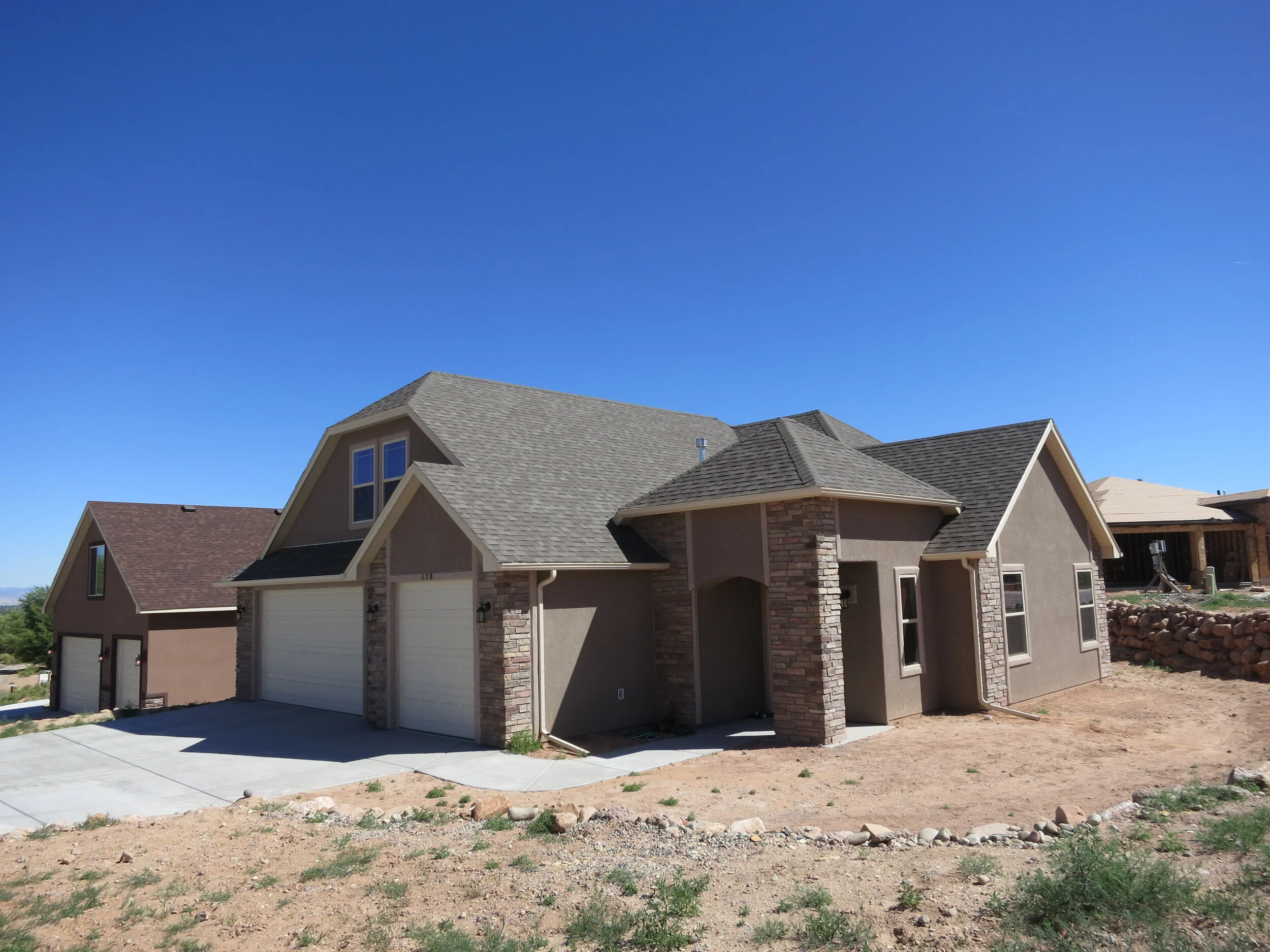Today, the Washington Post reported that the Western Slope area of Colorado and Utah is warming at twice the world’s average due to climate change!
“This cluster of counties on Colorado's Western Slope — along with three counties just across the border in eastern Utah — has warmed more than 2 degrees Celsius, double the global average. Spanning more than 30,000 square miles, it is the largest 2C hot spot in the Lower 48, a Washington Post analysis found.”
“Dry areas warm faster for lack of moisture to cool things down, said Chris Milly, a senior resource scientist at the U.S. Geological Survey. Land use, irrigation and natural variability could also help explain part of the disparity. Milly and another colleague recently found that much of the Colorado River’s climate-induced decline — amounting to 1.5 billion tons of missing water — comes from the fact that the region’s snowpack is shrinking and melting earlier. That’s as much water as 14 million Americans use in a year.”
“The city of Grand Junction recently analyzed whether it has enough water to supply its 30,000 customers even if the drought persists. In the near term, according to its utilities director Randi Kim, the city is fine. But it also looked over the next 50 years — and came up as much as 3,300 acre feet short, which would force it to tap water directly from the Colorado and Gunnison rivers. And that was without calculating the full impacts of climate change.”
To read more about this work from Chris Milly at USGS and predictions for the future of the Upper Colorado River Basin (UCRB), see this website and quote: “Continued warming in the UCRB will drive further loss of river flow. Another factor, which might add or subtract available water, will be changes in precipitation, which could either increase or decrease. Considering the effect of warming alone, and using estimates of the rate of warming from global climate models, it is estimated that by 2050 the flow will have decreased by 14 to 31%, relative to the historical average. When the possible changes in precipitation are included, the range of this estimate widens, with losses as great as 40% and, at the other extreme, a flow gain of 3%.”
When we moved to Grand Junction 8 years ago from Las Vegas, Nevada we were shocked at how people wasted precious water resources. In Las Vegas, water conservation is enforced with water recycling systems and expensive utility bills. In Grand Junction, many people plant grass landscapes using irrigation from the Colorado River that is not metered, low cost, and over watered running down the curbs. We’ve discussed water conservation for many years and many people just think if they don’t use it they will lose their water rights which is not true.
Due to the oil and gas industry dominating the area’s economy for many years, climate change has not been a subject many people wanted to discuss. In fact, the local university invited climate deniers to speak on campus a few years ago.
We purposely moved to a subdivision of Grand Junction that is not on the City water supply and obtain water from Grand Mesa lakes providing drinking water and drip irrigation. We planted native plants may of which do not need much water including lavender and trumpet vines. Water conservation is critical more then ever and it is time for public officials to mandate water restrictions as is being done in many other locations.

